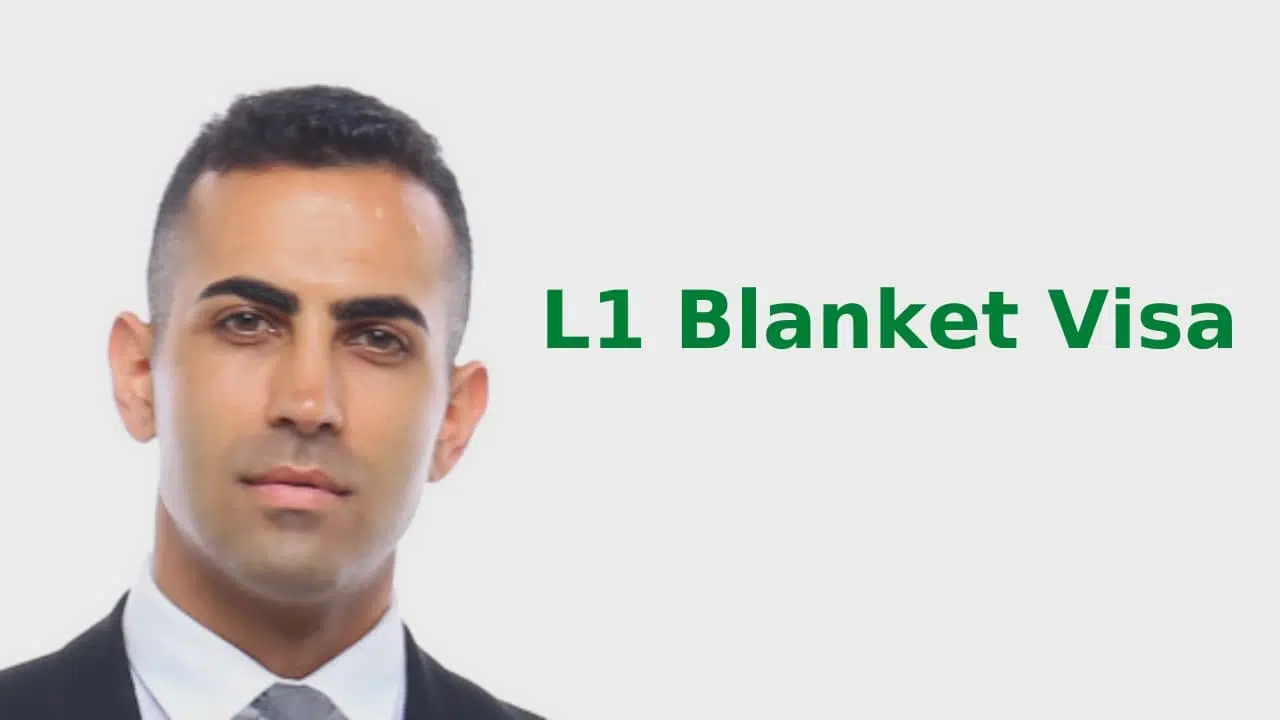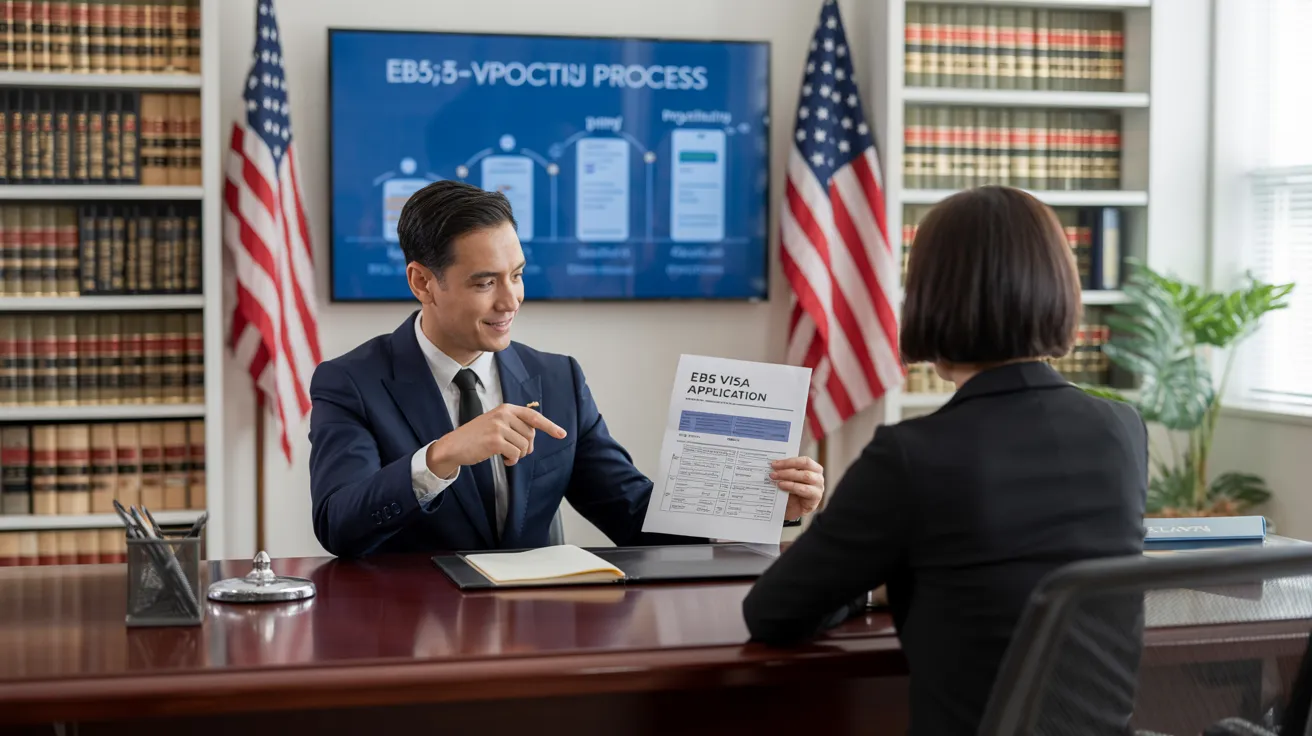L1 Visa - The Facts
Table of ContentsIndicators on L1 Visa You Need To KnowUnknown Facts About L1 VisaThe Single Strategy To Use For L1 VisaGetting My L1 copyright WorkThe Ultimate Guide To L1 VisaThe Best Strategy To Use For L1 Visa
Offered from ProQuest Dissertations & Theses Global; Social Science Premium Collection. (2074816399). (PDF). Congress. (PDF). DHS Workplace of the Examiner General. (PDF). (PDF). "Nonimmigrant Visa Stats". Gotten 2023-03-26. Division of Homeland Safety Workplace of the Examiner General, "Testimonial of Susceptabilities and Prospective Misuses of the L-1 Visa Program," "A Mainframe-Size Visa Loophole".
United State Department of State. Fetched 2023-02-08. Tamen, Joan Fleischer (August 10, 2013).
Little Known Facts About L1 Visa.
In order to be qualified for the L-1 visa, the international company abroad where the Recipient was utilized and the united state company must have a qualifying partnership at the time of the transfer. The different kinds of certifying relationships are: 1. Parent-Subsidiary: The Parent indicates a company, firm, or other legal entity which has subsidiaries that it owns and manages."Subsidiary" indicates a firm, firm, or other legal entity of which a parent possesses, directly or indirectly, greater than 50% of the entity, OR possesses much less than 50% yet has management control of the entity.
Instance 1: Business A is included in France and uses the Recipient. Firm B is included in the united state and intends to request the Beneficiary. Business A has 100% of the shares of Company B.Company A is the Parent and Firm B is a subsidiary. There is a qualifying connection in between the 2 companies and Business B must be able to sponsor the Beneficiary.
Instance 2: Firm A is incorporated in the united state and intends to request the Recipient. Firm B is included in Indonesia and employs the Recipient. Company An owns 40% of Business B. The remaining 60% is owned and controlled by Company C, which has no connection to Company A.Since Firm A and B do not have a parent-subsidiary connection, Business A can not fund the Beneficiary for L-1.
Instance 3: Company A is included in the U.S. and intends to petition the Beneficiary. Company B is incorporated in Indonesia and uses the Beneficiary. Firm An owns 40% of Company B. The staying 60% is owned by Company C, which has no connection to Business A. However, Business A, by formal arrangement, controls and complete manages Firm B.Since Firm A has less than 50% of Business B however takes care of and manages the firm, there is a certifying parent-subsidiary relationship and Business A can fund the Beneficiary for L-1.
Not known Incorrect Statements About L1 Visa
Business B is included in the United state
Not known Incorrect Statements About L1 Visa

The L-1 visa is an employment-based visa group established by Congress in 1970, enabling multinational companies to move their supervisors, executives, or key personnel to their U.S. operations. It is commonly described as the intracompany transferee visa. There are two primary sorts of L-1 visas: L-1A and L-1B. These types appropriate for employees worked with in various positions within a firm.

Furthermore, the recipient should have operated in a supervisory, exec, or specialized employee setting for one year within the 3 years coming before the L-1A application in the international firm. For new workplace applications, foreign employment has to have been in a supervisory or executive ability if the recipient is coming to the USA to work as a manager or exec.
The Facts About L1 Visa Uncovered

If given for an U.S. business functional for more than one year, the first L-1B visa is find out more for as much as three years and can be extended for an added two years (L1 Visa). On the other hand, if the united state company is recently developed or has been operational for much less than one year, the L1 Visa requirements initial L-1B visa is provided for one year, with extensions readily available in two-year increments
The L-1 visa is an employment-based visa category developed by Congress in 1970, permitting international companies to move their managers, execs, or crucial workers to their U.S. procedures. It is typically referred to as the intracompany transferee visa. There are 2 primary kinds of L-1 visas: L-1A and L-1B. These types are ideal for staff members worked with in various settings within a firm.
Rumored Buzz on L1 Visa
Furthermore, the recipient needs to have worked in a supervisory, exec, or specialized staff member setting for one year within the three years coming before the L-1A application in the foreign business. For brand-new office applications, international employment has to have remained in a managerial or executive capability if the recipient is involving the United States to function as a manager or executive.
for as much as 7 years to look after the operations of the united state associate as an executive or manager. If issued for an U.S. firm that has been functional for greater than one year, the L-1A visa is initially granted for approximately 3 years and can be extended in two-year increments.
If given for an U.S. firm functional for even more than one year, the initial L-1B visa is for as much as 3 years and can be extended for an added two years. Conversely, if the U.S. firm is recently established or has actually been operational for much less than one year, the first L-1B visa is released for one year, with extensions available in two-year increments.